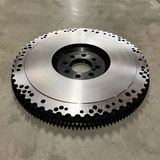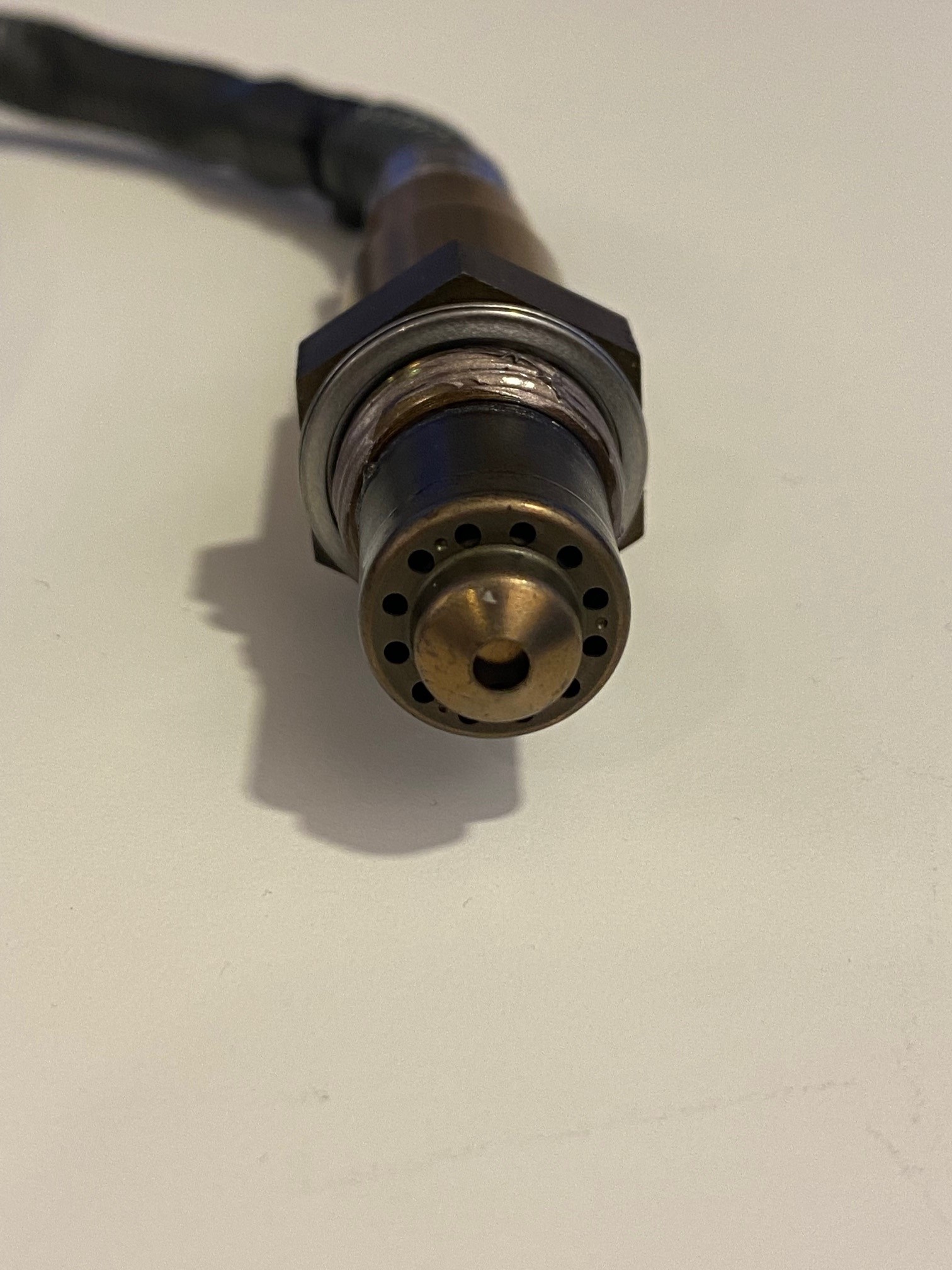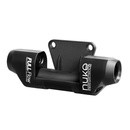Wide band lambda
Wide band lambda Bosch LSU 4.2 and LSU 4.9
If you are unsure which lambda probe your ECU uses, do not hesitate to contact us. We also have ethanol sensors for flexifuel.
Products
Wide band lambda
If you're wondering why aftermarket wideband lambdas fail, here are some tips to keep in mind.
Firstly, it's best to use a controller that's integrated into an ECU or one that receives an engine speed input via a wired input or over CAN bus. Good options meeting this criteria include the Link G4+ Fury, G4+ Thunder, or using Link’s external CAN-Lambda controller with a suitable ECU.
Start up / Controller
If you're using a stand-alone controller without an engine speed input, be careful not to let your controller heat the sensor before starting the engine. To avoid this, power the controller off of its own relay, which should not be turned on until after the engine is started. (all to avoid contact with condensation)
Mounting
Make sure to place your sensor less than 1m from the engine in a position upstream of any parts of the exhaust system where condensation is likely to pool or settle. If you're dealing with high exhaust gas temperature applications, consider using a longer heat-sink type sensor boss rather than moving the sensor further from the engine.
Environment
It's important to remember that the 1mm thick ceramic wafer on a LSU4.9 can't handle excessive vibration or being dropped. Also, the exhaust system it is fitted to should not make contact with the ground, such as on ripple strips.
Contamination
Contamination can also reduce the life expectancy of a sensor. Oil burnt as part of the combustion process, particulates from an excessively rich tune, lead from leaded fuels, anti-freeze from a blown head gasket, or excessively applied silicone sealant are all possible contamination sources.
EGT (temperature)
Lastly, while LSU4.9 sensors are rated to be able to withstand exhaust gas temperatures as high as 980 degrees C, if the sensing element goes too far above the controlled target temperature, many aftermarket controllers will enter a fault mode. In the fault mode, the controller may stop controlling the sensor, which is like not having the controller turned on at all while the sensor is fitted to the exhaust. Therefore, continuing to drive while the controller is in a fault mode can kill a sensor that would otherwise be fine. Resetting the controller to get it out of fault mode can typically be done simply by turning the controller off and back on again.






























































